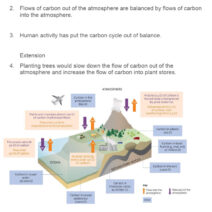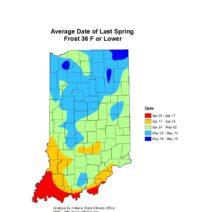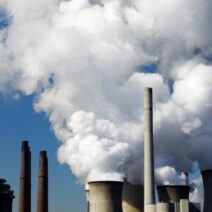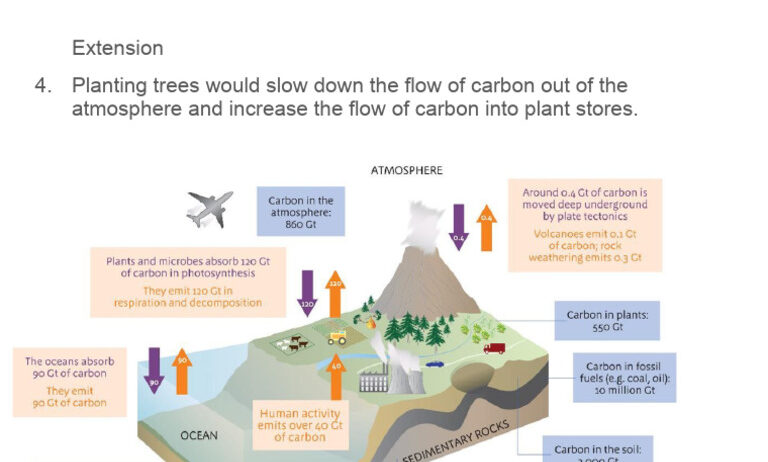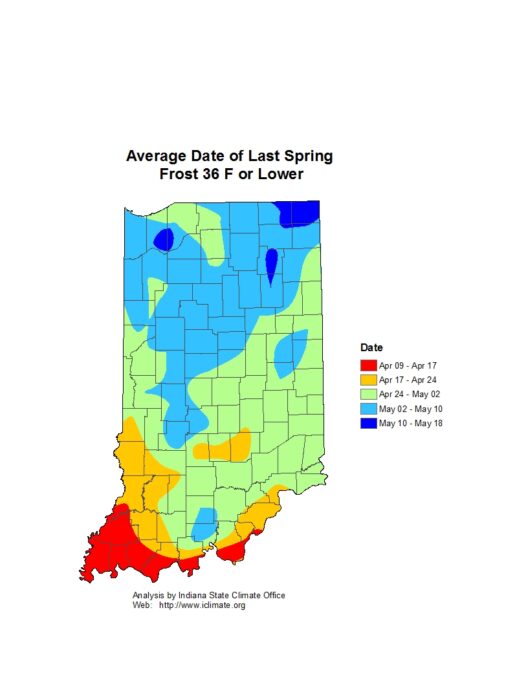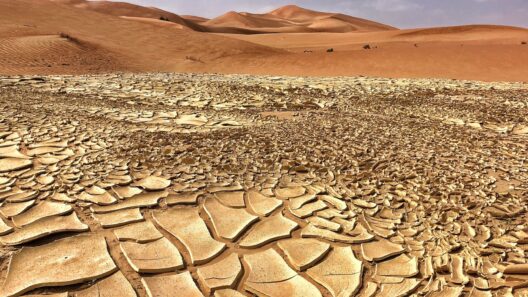Climate change, an omnipresent specter looming over our planet, transcends the mere alterations in temperature or occasional erratic weather patterns. It is an intricate tapestry of consequences woven into the very fabric of our ecosystems, economies, and societies. The repercussions of climate change are as profound as they are far-reaching, demanding our immediate attention.
The most palpable manifestation of climate change is the escalating incidence of extreme weather events. Hurricanes, droughts, floods, and wildfires have become increasingly frequent and severe, reshaping the landscape of disaster management and response. For instance, Hurricane Katrina in 2005 serves as a salient reminder of how intensified storms can devastate entire communities, displacing thousands and causing economic ruin. More recently, Hurricane Harvey in 2017 flooded Houston, Texas, with record rainfall, underscoring the vulnerability of urban infrastructures to climate-induced disasters.
Yet, the ramifications of climate change extend beyond immediate visibility. Shifts in weather patterns are reconstituting agricultural productivity worldwide. Farmers in regions traditionally known for their fertile soil and beneficial climate are now grappling with unpredictable rainfall and prolonged droughts. The Mediterranean basin exemplifies this phenomenon; its vital olive oil industry is under siege due to sharply increased aridity. The resultant fluctuations in crop yields threaten food security, particularly in developing nations that rely heavily on agriculture as a cornerstone of their economies.
Conversely, areas historically regarded as inhospitable to agriculture are beginning to experience a paradoxical boon. The northern latitudes, particularly parts of Canada and Russia, are witnessing an extension of their growing seasons. While this may initially seem advantageous, it also bears significant implications. The encroachment of new agricultural practices threatens local ecosystems and undermines traditional livelihoods, leading to potential socio-economic conflicts between established indigenous practices and newly emerging agricultural demands.
Climate change also precipitates a disturbing alteration in global ecosystems. Coral reefs, often referred to as the “rainforests of the sea,” are particularly susceptible to rising ocean temperatures and acidification. The Great Barrier Reef has witnessed unprecedented bleaching events, resulting in the loss of biodiversity that was previously thriving in its vibrant waters. The dire circumstances faced by coral ecosystems reverberate throughout marine food webs, affecting fisheries that millions of people depend upon for their sustenance. This cascading effect exemplifies the interconnectedness of all life forms reliant on stable environmental conditions.
Furthermore, the melting of polar ice caps and glaciers starkly illustrates visible climate change consequences. The Arctic region is warming at an alarming rate, with the Northwest Passage becoming increasingly navigable due to receding ice. This not only disrupts the habitats of polar bears and walruses but also raises geopolitical tensions regarding resource exploitation. Nations vie for control over these newly accessible territories, highlighting that climate change is not solely an environmental issue but a catalyst for conflict and geopolitical strife.
In addition to ecological disturbances and humanitarian crises, climate change poses a significant threat to human health. The rise in global temperatures fosters conditions conducive to disease transmission. Vector-borne diseases, such as malaria and dengue fever, are expanding their reach into regions previously untouched. For instance, areas in Europe that once enjoyed temperate climates are now experiencing outbreaks, raising public health concerns and straining healthcare systems unprepared for these shifts.
The economic consequences are no less dire. The National Oceanic and Atmospheric Administration (NOAA) reports that climate-related disasters cost the United States alone billions of dollars annually. Businesses face supply chain disruptions due to extreme weather, prompting financial instability. Insurance companies grapple with increasing claims while attempting to assess risks in a volatile climate landscape. This economic instability prompts a reevaluation of investments, with a burgeoning emphasis on climate resilience and adaptation practices.
Particularly vulnerable are marginalized communities who bear the brunt of these existential threats. Often lacking the resources required to adapt and recover from climate-related events, these populations experience compounding adversities. The intersection of climate change and social justice becomes evident, highlighting the urgent need for equitable policies that address the disparity in resilience and adaptive capacity.
Yet amidst this cacophony of challenges lies an opportunity for profound transformation. The necessity of addressing climate change compels innovation across multiple sectors. Renewable energy technologies, including wind and solar, exemplify the potential for a sustainable future. Cities such as San Diego and Copenhagen are transitioning to green infrastructure, showcasing how urban design can mitigate heat effects while enhancing livability. Investments in sustainable practices not only combat climate change but also stimulate economic growth and job creation, setting a path towards a more resilient society.
Furthermore, grassroots movements are gaining momentum, emphasizing the power of collective action. Activists worldwide are galvanizing communities to advocate for policies and practices centered on sustainability and environmental justice. This burgeoning consciousness urges individuals to rethink their relationship with nature, inspiring a shift towards stewardship rather than exploitation.
In conclusion, the consequences of climate change are profound and multifaceted, threading through the very core of our natural world and societal frameworks. As the impacts become increasingly pronounced, they compel us to confront our responsibilities and the fragility of our existence. The challenge lies in transforming our awareness into meaningful action, fostering a global movement poised to combat these impending threats. For within the shadows of climate change lies not just a prognosis of doom but the promise of renewal, urging humanity to adopt a sustainable ethos for generations to come.
